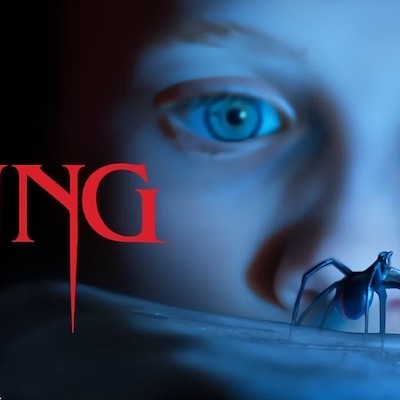This season the Houston Ballet is presenting three - count them, three! - ballets based on the works of William Shakespeare. One is John Neumeier's A Midsummer Night's Dream, which opened September 4, to be followed by Romeo and Juliet opening February 26, and John Cranko's The Taming of the Shrew, opening June 11.
As part of the Houston Ballet's Lecture Series, a discussion of Shakespeare as a source for ballet was held at the Houston Ballet on September 5 at 6 p.m. Cecil C. Conner, Jr., managing director emeritus of the Houston Ballet, provided an illuminating review of ballets going back to the 18th century, including some fascinating slides. One, of Vivien Leigh as Titania in A Midsummer Night's Dream, caught a gesture so commanding it made me wish I had seen the ballet, which was presented in 1937. Conner reported that the first ballet of Hamlet was choreographed in 1934 by Bronislava Nijinska, sister of Vaslav Nijinsky - she danced the title role herself.
Conner traced the origin of ballet back to exhibitions held at the French court, and credited Anthony and Cleopatra, choreographed by George Noverre in 1761, as the first ballet based on one of Shakespeare's works.
Dr. Elizabeth Klett, author of numerous articles on adaptations of Shakespeare in theater, film, television and dance, added to the historical discussion, and provided some amusing ribald double entendres of Shakespeare from The Taming of the Shrew. Klett pointed out that there were a number of dances incorporated into Shakespeare's plays, and that dance in that era was considered to represent "cosmic order", thus often offered in a stately manner.
Stanton Welch, Artistic Director of the Houston Ballet, was eloquent in describing how a detail, such as Mercutio smiling in Romeo and Juliet, can change an entire characterization. Conner pointed out that in Kenneth MacMillan's Romeo and Juliet, with Rudolf Nureyev and Margot Fonteyn, Mercutio was danced by Jerome Robbins, who later choreographed West Side Story, an updated adaptation of the same play.
MacMillan had choreographed Juliet for Lynn Seymour, described by Conner as perhaps the greatest ballet actress of her generation, and for Christopher Gable as Romeo. A few days before opening, the producers recast Nureyev and Fonteyn, the reigning dance superstars, certain to score at the box office. (On opening night, the applause lasted for 40 minutes.)
The difficulty -- and the expense -- of notating dance steps was explored, and the discussion clarified the huge amount of detail involved, not necessarily apparent to a casual observer.
Welch will choreograph the Houston Ballet's upcoming Romeo and Juliet, a notable event as it's been 28 years since Houston Ballet staged a new production of it. He showed some slides of costume sketches for Romeo and Juliet by acclaimed Italian designer Roberta Guidi di Bagno, whose lavish sets and costumes will pay tribute to Renaissance Italy, and he discussed some of the choices necessary to determine how many characters to include. Welch's deep involvement with the classic love story was apparent as he discussed how a few seconds difference in the plot timing might have allowed the lovers to survive.
The next dance talk will be September 19 at 6 p.m., "A Conversation with Jorma Elo, Choreographer of ONE/end/ONE", and will be held at the Houston Ballet, 601 Preston. For more information on Dance Talks, contact Education and Outreach Manager Chase Cobb at [email protected].





